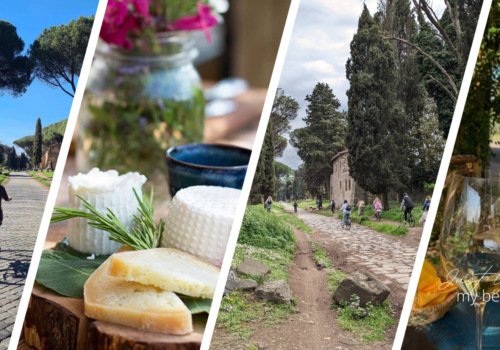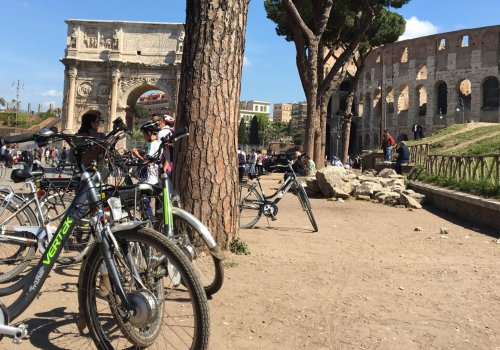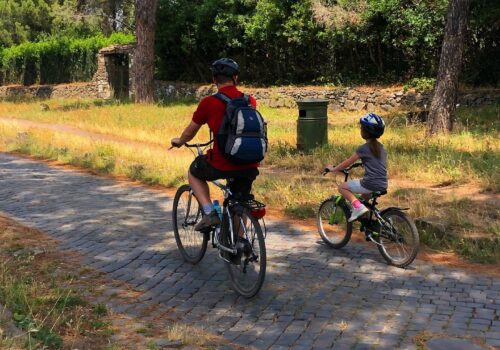What to see in the Appia Antica Park that is particular and unusual?
We will tell you in this brief guide with 5 suggestions off the beaten path, especially if you already know the Park, and that maybe even the Romans themselves have never visited. A dive into history, architecture, legends…you will see some beautiful things!
1 – THE COLOMBARIUM OF POMPONIO HYLAS: In the distant 1831, the Marquis Pietro Campana discovered the columbarium, located in a small street of the ancient Via Latina. The name derives from a certain Pomponius Hylas, a former slave whose beautiful glass mosaic funerary is located above the staircase leading to the burial chamber. The inscriptions present testify that the construction of the mausoleum dates back to the period between the principality of Tiberius and that of Claudius (14-51 AD).
Reservation required at 060608 – Via di Porta Latina, 10
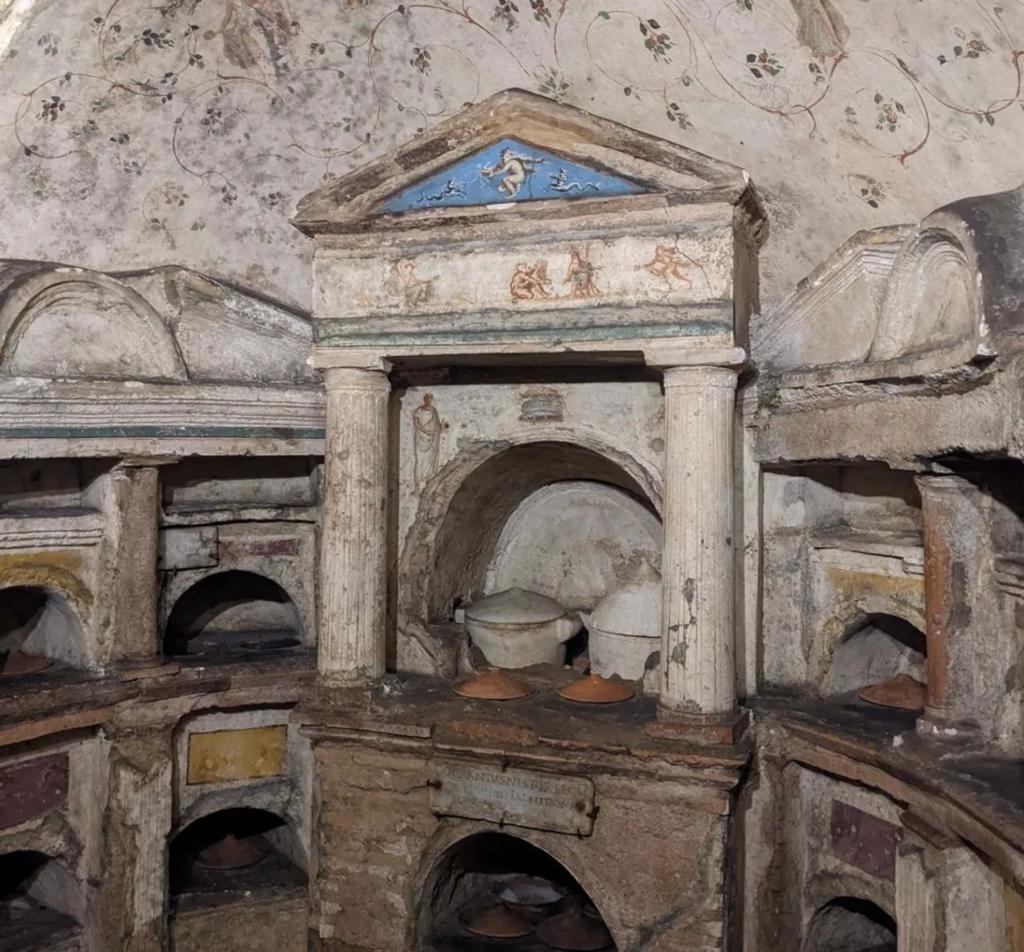
2 – THE FORTE APPIA: This structure was built between 1877 and 1880 and is the first fort built on the left bank of the Tiber in Rome and is part of the famous “fortified camp” of Rome built to protect the city. An incredible thing is that during the excavation for the construction, they unearthed a real necropolis from Roman times dating back to the time of Augustus and up to the 3rd century AD. Many of the tombstones were transferred and kept in the beautiful Mausoleum of Cecilia Metella.
For information: info@progettoforti.it – Via Appia Antica, 258
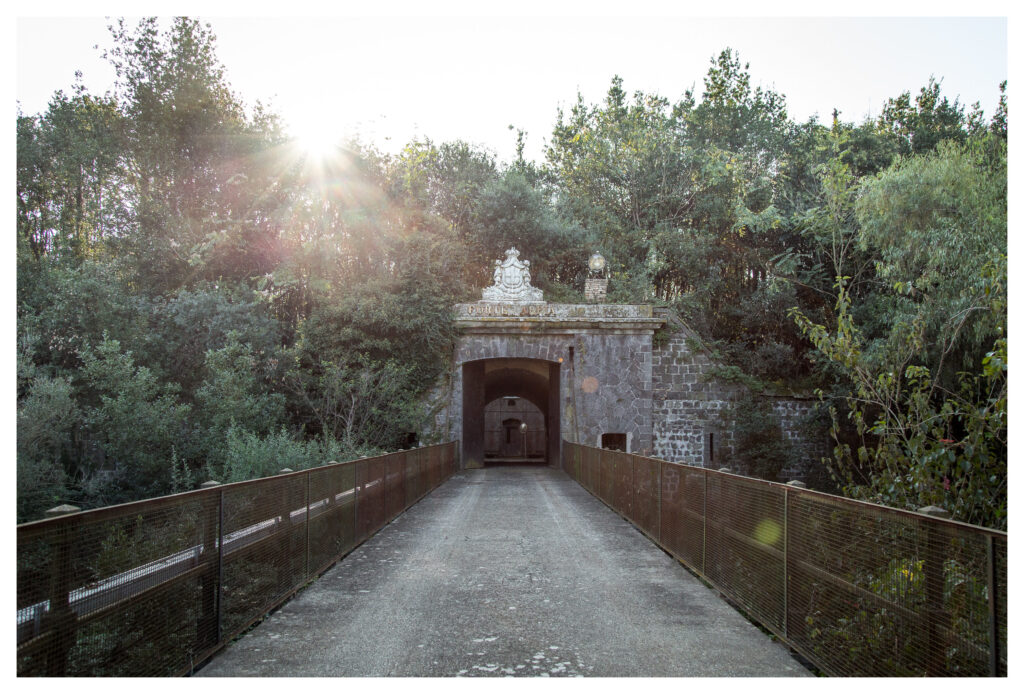
3 – THE SACRED GROVE OF CAFFARELLA: An ancient and romantic place in the valley of Caffarella, a forest where, according to Renaissance tradition, the water nymph Egeria and the king of Rome Numa Pompilius met and fell in love. Today, the three oaks belonging to the original grove can be seen, which has been preserved intact from Roman times until the beginning of the 20th century.
Free access – Valley of Caffarella (click here to download the map)
4 – THE ANCIENT CAVES OF CAFFARELLA: A dense network of tunnels in the underground of Caffarella, from where the ancient fossores extracted the construction material of the city and in particular the pozzolana (fundamental element for making concrete). Over time, the caves have had different reuses. First used as catacombs while in modern times, the galleries have housed mushroom farms for the cultivation of Pleus or the more common Champignon.
Information and reservations: info@sotterraneidiroma.it – Valley of Caffarella, entrance from Largo Tacchi Venturi
5 – THE VILLA OF SETTE BASSI: The name derives from the medieval toponym “Sette Bassi”, perhaps referring to Settimio Basso, Prefect of Rome at the time of Septimius Severus (193-211 AD), owner of the villa. After the Villa dei Quintili, also in the Appia Antica Park, this residence is the second largest villa in the Roman suburb. It is located between the V and VI mile of the Via Latina. The rooms of the villa develop around a large hippodrome-garden, polychrome marbles and mosaics decorate the residential areas. The excavations have also brought to light an agricultural area, a temple, an aqueduct, and cisterns for the water supply of the residence.
Reservation required: pa-appia.settebassi@cultura.gov.it – Via Tuscolana, 1700



